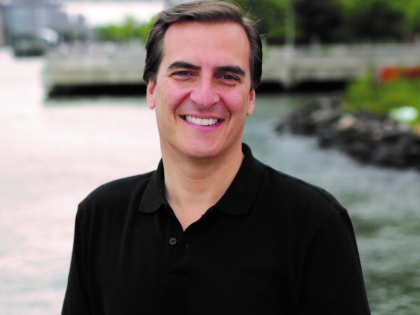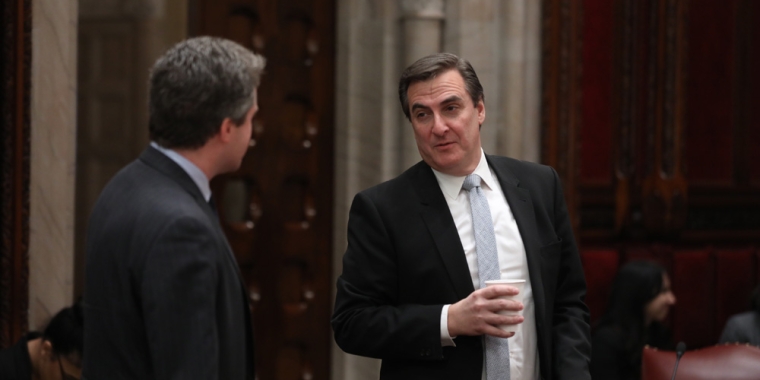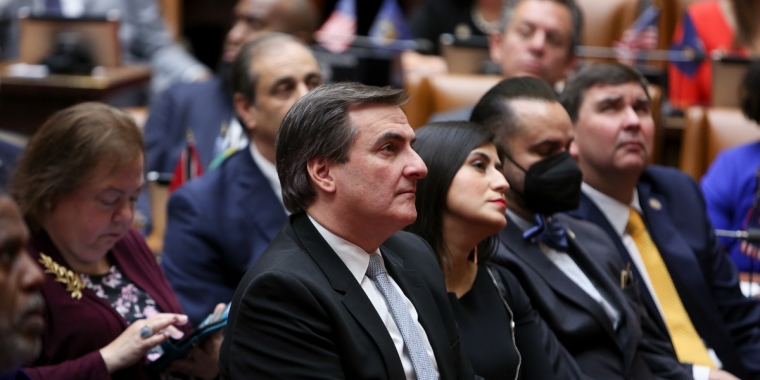
City hearing sheds light on Census challenge
Queens Chronicle wrote an article on the latest developments regarding the Census and its flawed results. This is a serious problem and must be fixed.
At a City Council hearing on Monday, the Census Bureau’s New York regional director, Tony Farthing, testified that a processing error may have caused the agency to undercount city residents.
Farthing reportedly brought up the potential error in response to a comment by Councilman Vincent Gentile (D-Brooklyn), but did not explain exactly what type of error he was referring to.
The city is preparing to challenge 2010 Census data through the Count Question Resolution process, after Queens and Brooklyn showed a decrease in population in areas that had no cause for decline, according to the Department of City Planning.
“Neither new construction nor foreclosure are factors in many areas where the Census Bureau reported large decreases,” said Rachaele Raynoff, a spokeswoman for the DCP. She said such indicators would make population decline in western Queens and Brooklyn more plausible. Instead, she said the losses occurred in areas know for their large immigrant populations.
According to Census data, Astoria lost 10,329 residents, more than any other neighborhood in the city. Adjacent neighborhoods of Steinway and Old Astoria lost 6,070 and 1,033 people, respectively, while Long Island City lost 1,074. Jackson Heights was reportedly abandoned by 5,175 others. The entire borough of Queens grew by only 1,343 people, according to the 2010 Census.
“We are sending people out into the field and we are finding that there appears to be a mounting file of evidence that we can submit where there are concentrations of what the Census Bureau is reporting as vacant that don’t match up with the story we are seeing,” Raynoff said.
However, according to the Census Bureau, the Count Question Resolution process is not used to challenge vacancies. It is meant to address under-counts caused when residences are unlisted or placed in the wrong tract.
In 2000, CQR challenges from the entire nation yielded 2,700 new residents. The city did not pursue a CQR challenge that year, but this year, Raynoff is hopeful. She said the city has received positive feedback from the Census Bureau regarding its challenge which will include dispute over vacancies. “Though it’s unprecedented, what’s also unprecedented is the story line,” Raynoff said. In Queens, vacancy reportedly rose 66 percent. The city hopes to increase its reported population of 8.175 million by around 80,000.
“Huge amounts of funding, especially for affordable housing are riding on that estimate,” Raynoff said.
State Sen. Mike Gianaris (D-Astoria) said he was glad the city was attempting to find out what went wrong with the census count, but feared that by the time changes are made, funds will already be lost.
“The Census process is terribly flawed and does not allow for adjustments based on gross errors,” Gianaris said, regarding the limitations of the CQR process.
In April, Gianaris wrote a letter to Eastern District Attorney Loretta Lynch, asking her to investigate the 2010 Census process, after Brooklyn and Queens workers revealed to the Queens Chronicle that they were told to work slowly and “just guess” respondents’ ethnicity — contrary to what they had been instructed in training.
Gianaris has not received a response from Lynch and her office did not have any comment regarding Farthing’s statement.
Read the full article here.



